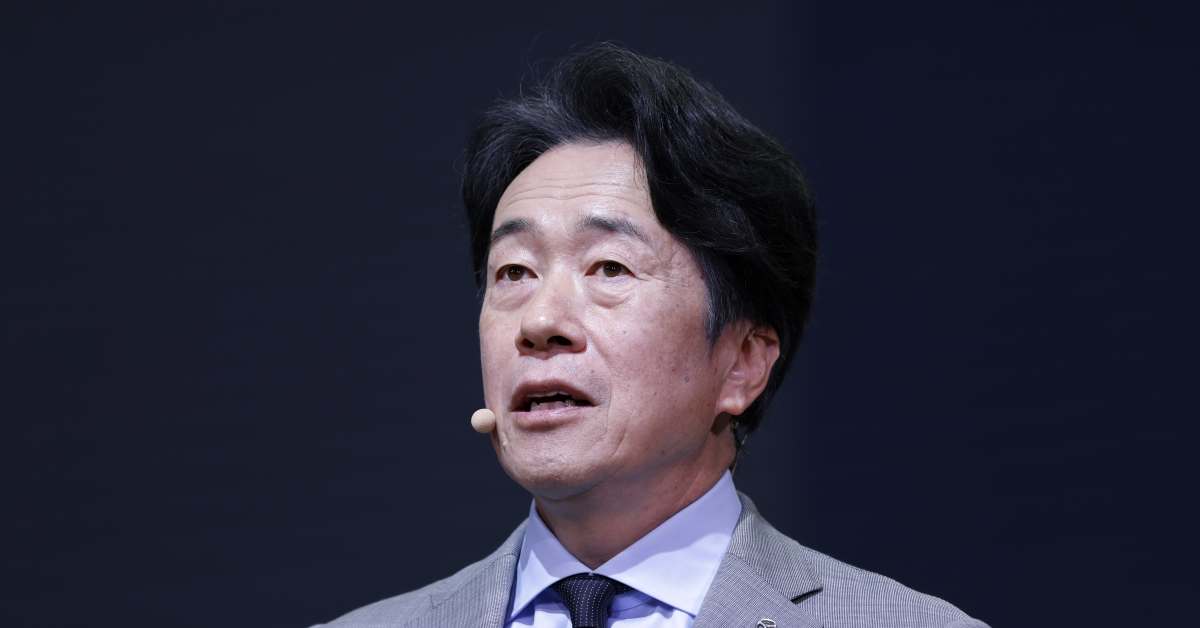
Navigating the Shifting Sands: How Global Automakers are Adapting to Trade Wars
The global automotive industry, a complex web of interconnected supply chains and international trade, is facing unprecedented challenges. The recent escalation of trade tensions, particularly between major economic powers, has forced automakers to rethink their strategies and drastically adapt to a new, uncertain landscape. While some sectors grapple with the fallout passively, the automotive industry, due to its unique political and economic weight, has found itself directly involved in trade negotiations. This direct engagement, however, has not guaranteed smooth sailing.
For decades, a relatively stable international trade system allowed for the seamless flow of parts and finished vehicles across borders. This system fueled economies of scale and fostered global competitiveness. But the rise of protectionist sentiment and the implementation of tariffs have disrupted this established order, creating significant hurdles for even the largest and most established players. The impact is far-reaching, affecting not only the manufacturers themselves but also their suppliers, distributors, and ultimately, consumers.
One of the most significant challenges arises from the complex nature of automotive manufacturing. A single vehicle is comprised of thousands of parts sourced from hundreds of suppliers across the globe. Tariffs imposed on imported parts, therefore, directly impact the final cost of production, potentially making domestic vehicles less competitive and imported ones prohibitively expensive. This increased cost is often passed onto consumers, leading to higher prices and reduced consumer demand. Furthermore, the unpredictability of trade policy makes long-term planning extremely difficult. Automakers are forced to make rapid, often costly, adjustments to their supply chains, shifting production, sourcing, and even design strategies to mitigate the impacts of fluctuating tariffs.
The automotive industry’s attempts to navigate this new reality have been varied. Some have opted for aggressive lobbying efforts, directly engaging with governments and trade representatives to advocate for favorable policies and carve-outs. Others have focused on diversifying their supply chains, reducing reliance on single-source suppliers or regions heavily impacted by tariffs. This diversification, while strategically sound, requires significant investment and time, and may not offer immediate relief. Still others have sought to absorb the increased costs, preserving market share by accepting reduced profit margins. This strategy, however, is unsustainable in the long run, especially for companies operating in already fiercely competitive markets.
The current situation is far from static. The global automotive landscape is continuously evolving, as trade negotiations continue and new tariffs and regulations are introduced. Automakers are constantly adjusting their strategies, employing various combinations of lobbying, supply chain diversification, and cost-absorption. The success of these adaptations will depend on the ability of companies to anticipate shifts in trade policy, effectively manage their supply chains, and maintain flexibility in their manufacturing and design processes. The future of the global automotive industry hinges on the ability to navigate this challenging environment, balancing profitability, consumer demand, and the ever-shifting landscape of international trade. The coming years will undoubtedly reveal which strategies prove most successful and shape the industry’s future trajectory.



Leave a Reply